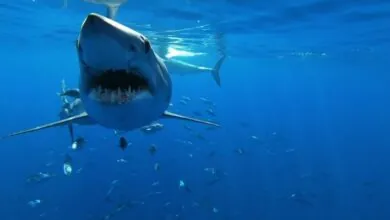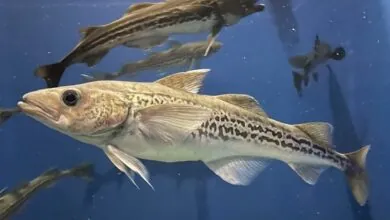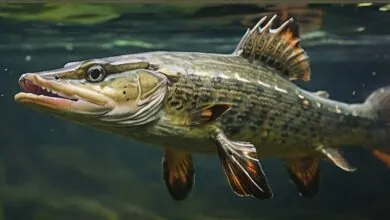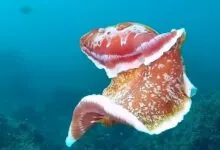X Ray Fish: A Transparent Guide to Breeding, Diet, and Tank Life
You’re going to dive into the realm of a fish with its skeleton on the outside! Yes, I’m talking about the X ray fish, a spellbinding little wonder whose crystal-clear body allows you to peek into its inner world like a living X-ray! Believe me, this transparent journey is about to get fin-tastic! Let’s go deep into its aquatic life story, from its shimmering scales to its astonishing resilient spirit.
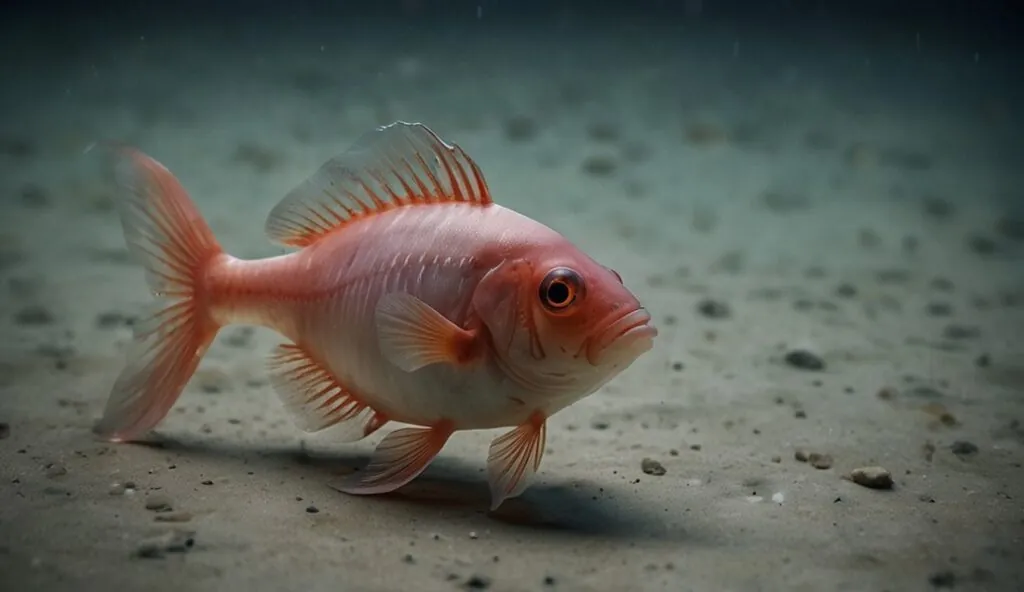
| Kingdom | Phylum | Class | Order | Family | Genus | Scientific Name | |
| Animalia | Chordata | Actinopterygii | Characiformes | Characidae | Pristella | Pristella maxillaris |
Origin and Evolution
Evolutionary History
Regarding x ray tetra origin, it belongs to the Characidae family, which has a rich fossil record dating back to the Paleocene epoch – around 66 million years ago. Genetic analysis propose the x-ray tetra lineage branched off other Characins about 15 million years back in time. Studies pinpoint the closest relative as the genus Hyphessobrycon.
Genetic Composition and Diversity
X-ray tetras have a diploid chromosome number of 2n = 50, distributed across 24 pairs. In comparison with other Characins, this’s a relatively low number. X-ray fish population shows some genetic diversity although a single species. Research has pinpointed variations in mitochondrial DNA proposing distinct genetic lineage within the species.
Environmental Adaptations
Distribution and Population
Geographic Range
Touching upon x ray fish distribution, its reign stretch across portions of South America, chiefly located in the coastal drainages of northeastern Brazil, Guyana and Venezuela. Their ancestors once roamed a broader territory, potentially including parts of Colombia and Peru.
Population Dynamics
Though we don’t get full picture of x ray tetra population, studies in certain Brazilian streams found densities exceeding 100 individuals per square meter!
Geography
| Continent(s) | South America |
| Countries | Brazil, Guyana, Venezuela |
| Bio-geographical Realms | Neotropical |
| Biome | Freshwater: Clear streams, tributaries, flooded marshlands |
| Climate Zones | Tropical wet and dry: Warm temperature range (21-28°C) |
Types of Tetra
The X-Ray tetra, first described by Albert Ulrey in 1894, has stolen the spotlight, albeit there’re around 150 other tetra species. Among these, the most conspicuous tetra types are:
Habitat
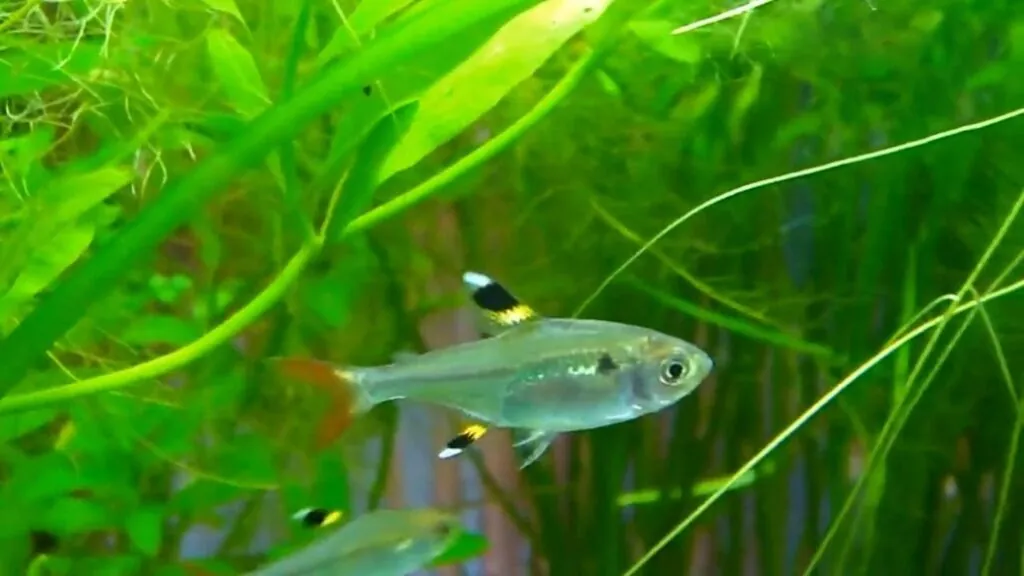
Habitat Preferences
With reference to x ray fish habitat, they prefer shallow, well-vegetated waters with soft substrates such as leaf litter and fallen branches. These species thrive in warm, tropical environments; ideal water temperatures range from 21-28°C (70-82°F), with slightly acidic pH levels (6.0-6.5).
Habitat Utilization Patterns
Just like most Characins, x ray tetra fish are diurnal, implying they’re most active over the span of the day. In the course of the wet season, rising water levels flood surrounding flood plains, constructing new foraging grounds and igniting reproductive seasons.
5 X-Ray Fish Facts
Appearance
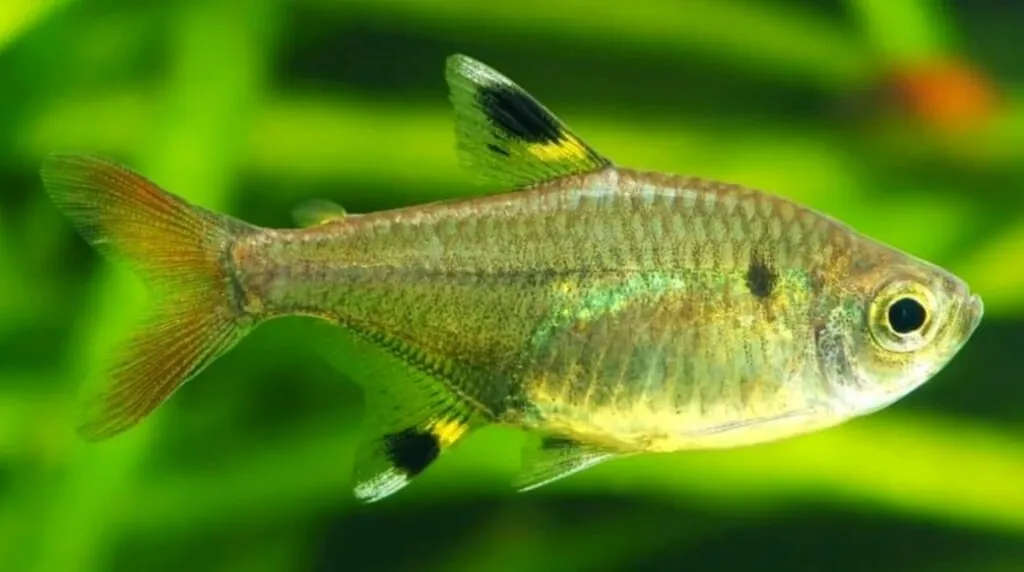
When it comes to x-ray fish appearance, it’s aptly entitled for its translucent skin that unfolds its inner workings. Let’s dive into the other aspects of its appearance.
Physical Characteristics
Sexual Dimorphism
There’re subtle differences that appear upon closer look of both sexes. Male x ray tetras are somewhat smaller and slimmer that females. Their bodies are relatively more streamlined, while females showcase a more rounded belly, exclusively when gravid (carrying eggs). On the related note, got the scoop of the oarfish?
Anatomy
| Color(s) | Silverish-yellow body with iridescent sheen; red-tipped tail |
| Tongue | Protrusible, toothless |
| Mouth | Upward-facing, small terminal mouth |
| Jaw | Delicate, lacks strong teeth for predation |
| Teeth | Minute, used for scraping algae and biofilm |
| Nose | Paired nostrils located above snout |
| Fins | Pelvic fins paired, ventral, modified into long filaments |
| Skeleton | Visible through semi-transparent body |
Reproduction and Life Cycles
Mating System
In light of x ray fish mating strategy, studies propose that these species engage in a dynamic polygamy system, whereby males may mate with multiple females and vice versa.
Reproductive Biology
In their South American homeland, the breeding season accords with rainy season. Ignited by increased water flow and nutrient accessibility, x ray tetras take part in pair spawning. Males exhibit vibrant colors and perform elaborate fin sweeps to appeal females.
When the courtship dance is over, the female scatters between 300 and 400 adhesive eggs among aquatic vegetation. Once fertilized, these eggs are left to fend for themselves.
Hatching
Eggs hatch within 25 hours with optimal water conditions, releasing tiny, translucent fry. These delicate hatchlings rest upon yolk reserves for the first few days before progressing into feeding on microorganisms and infusoria.
Life Cycle Stages
The x ray fish life cycle adventure from fry to adult is interposed with distinct stages:
Mating Habits
| Mating Behavior | Morning frenzy, males chase & nudge females to release eggs |
| Reproduction Season | Rainy season |
| Litter Size | 200-300 scattered among plants or on dedicated mops |
| Hatch Time | 24-48 hours, tiny & transparent at first |
| Independent Age | Few days, but remain vulnerable for a while |
Diet and Lifestyle
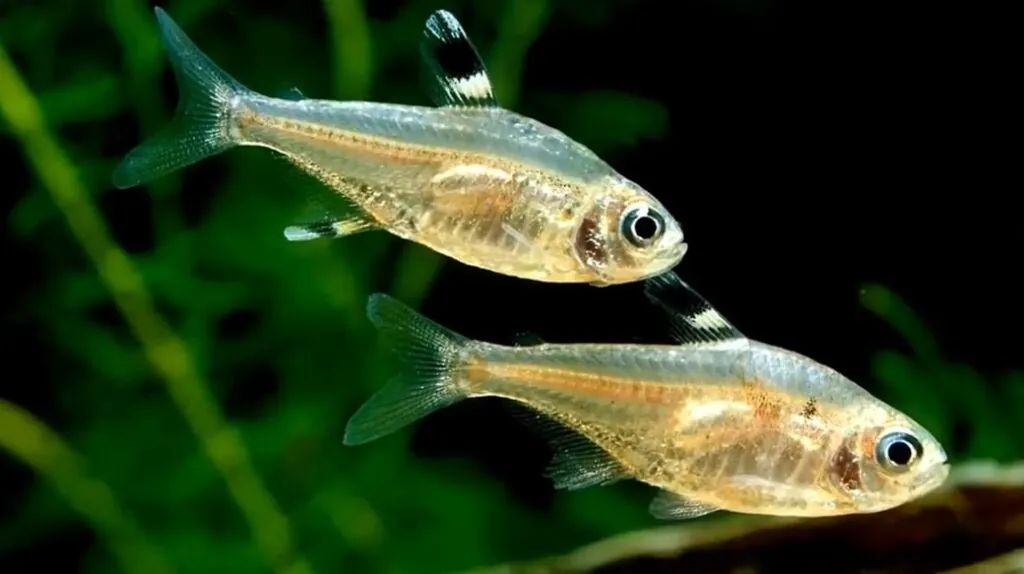
Feeding Ecology
X-ray tetras, being opportunist omnivores, are chiefly typified as secondary consumers. While they graze on plant matter like algae and biofilm, their diet predominantly comprises a diverse range of small invertebrates, such as insect larvae, micro-crustaceans like copepods and zooplankton.
Foraging Strategies
These nimble predators exert a highly sophisticated foraging technique. They swim in tight-knit shoals, creating a “living net” that sweeps through aquatic vegetation. This coordinated movement excellently dislodges concealed prey.
Diurnal Activity Patterns
X-ray tetras are exclusively diurnal creatures, most active in the course of the day. As sunlight filters through the water, they appear from their nocturnal shelters among the plants and start their foraging.
Threats and Conservation
Touching upon x ray fish conservation status, the species has not been listed on the IUCN Red List that is under threat in its environments; nonetheless, they’re vulnerable to predation by a plethora of other species, particularly those that hunt virtually all species of tetra, including the x-ray tetra.
Cultural Significance and Symbolism
The x-ray tetra represents the mythical Tucano – a shapeshifting creature capable of seeing through obstacles. The transparency of the fish mirrors the Tucano’s capability to perceive hidden worlds, personifying wisdom and insight.
The Takeaways
Forge a path through an intriguing journey as we unfold fascinating facts about x-ray tetras – truly captivating animals that start with X. Join us in shedding light on their remarkable rundown!
| Common Name | X-Ray Fish |
| Other Name(s) | X-Ray Tetra, Golden Pristella Tetra, Water Goldfinch, Pristella Tetra |
| Number of Species | 1 |
| Population Size | Widespread and locally abundant |
| Lifespan | 4-6 years in captivity |
| Weight | Less than 0.5 grams |
| Length | Up to 5 cm (2 inches) |
| Predator | Larger fish, birds, aquatic invertebrates |
| Prey | Small invertebrates, algae, detritus |
| Most Distinctive Feature | Translucent body revealing internal organs |
FAQs

